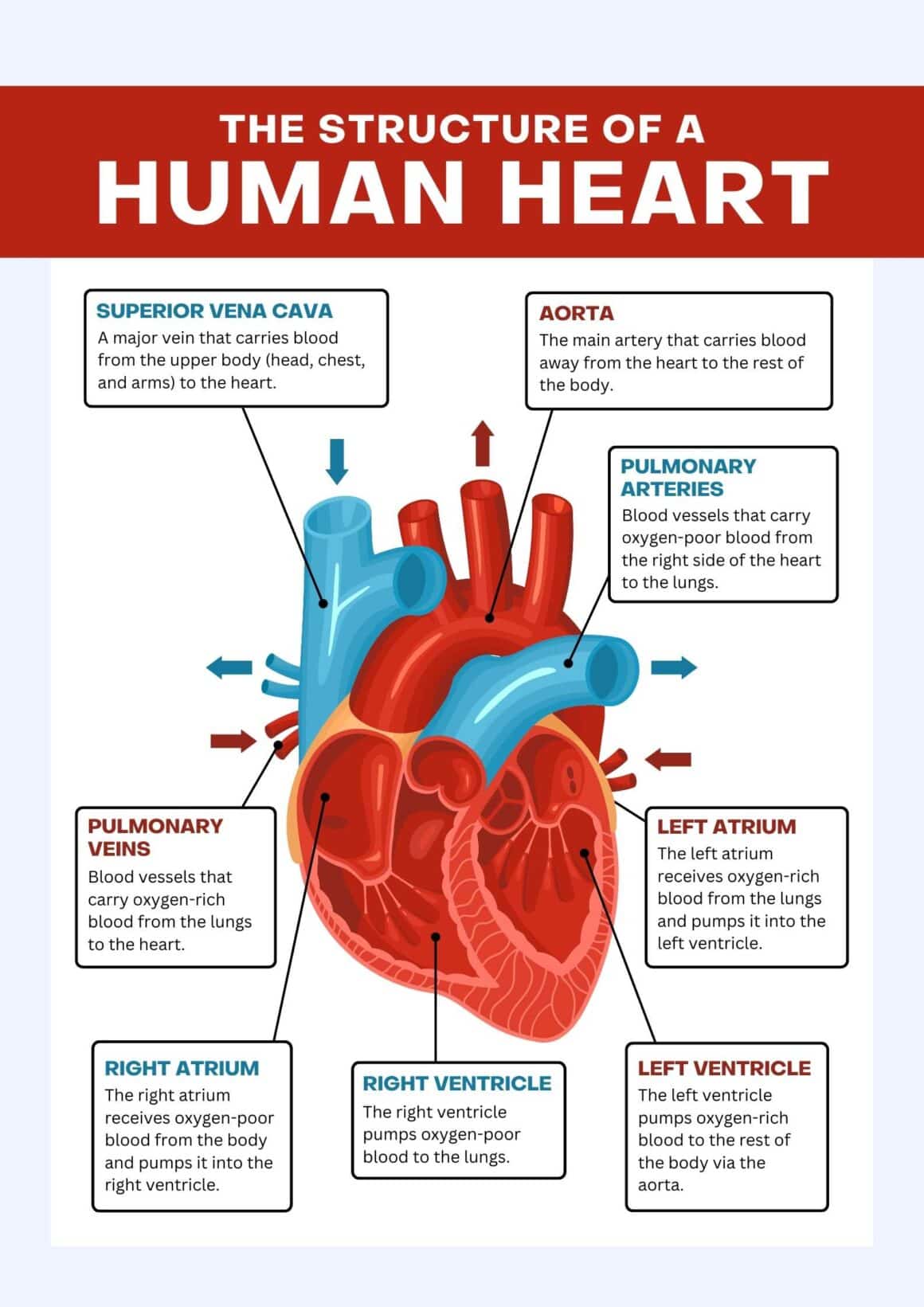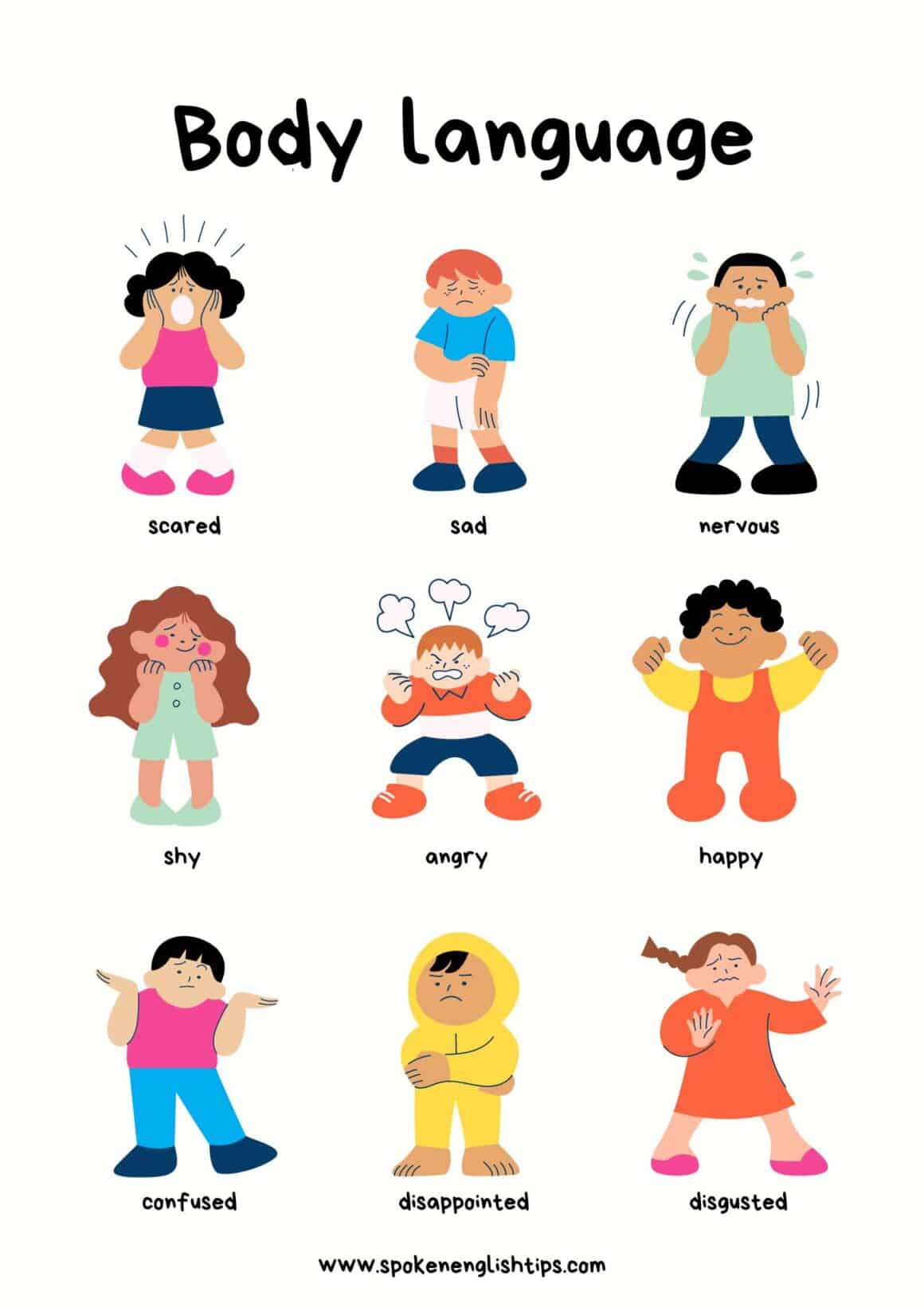Are you looking for information about The Structure of a Human Heart? In this article, I gonna share some secret tips about human heart.
The Structure of a Human Heart

Read Also | Introduction of Human Anatomy and Physiology
Human Heart
The human heart is responsible for circulating blood all over the body. It works continuously to circulate oxygen and nutrients to each part of our cells.
Our heart is made up of four chambers: the right and left atria, and the right and left ventricles. Blood flows from the body into the right atrium, then into the right ventricle, which pumps it to the lungs to be oxygenated, and then Oxygenated blood flows from the lungs back into the left atrium, after that into the left ventricle, which pumps it out to the rest of the body.
Superior Vena Cava
A major vein that carries blood from the upper body(head, chest and arms ) to the heart
Aorta
The main artery that carries blood away from the heart to the rest of the body.
Pulmonary Arteries
Blood vessels carry oxygen-poor blood from the right side of the heart to the lungs.
Pulmonary Veins
Blood vessels that carry oxygen-rich blood from the lungs to the heart.
Left Atrium
The left atrium receives oxygen-rich blood from the lungs and pumps it into the left ventricle.
Right Atrium
The right atrium receives oxygen-poor blood from the body and pumps it into the right ventricle.
Right Ventricle
The right ventricle pumps oxygen-poor blood to the lungs.
Left Ventricle
The left ventricle pumps oxygen-rich blood to the rest of the body via the aorta.
